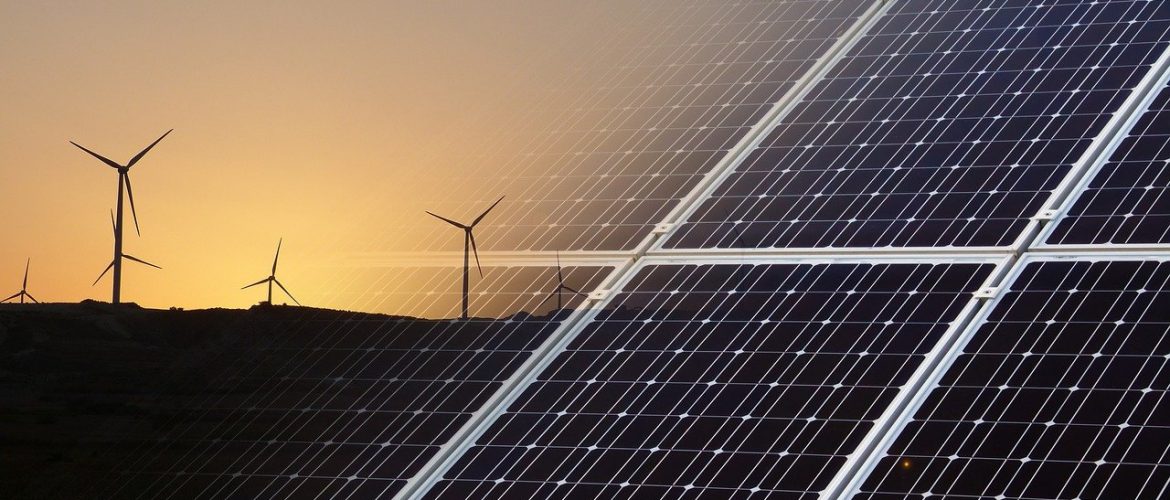According to the latest available monthly data from the Greek IPTO (ADMIE) for the interconnected network (March 2023):
In the first quarter of 2023, renewables (5109 GWh) surpassed gas and lignite combined by almost 1 TWh (4198 GWh), consolidating their top spot in electricity generation. Fossil gas (2752 GWh) retained the second place even though its contribution almost returned to the levels of 2016. As the relative costs of lignite, gas and imported electricity favoured the latter, net electricity imports (2195 GWh) moved to third place, surpassing lignite (1445 GWh) and large hydro (827 GWh).
The large decrease in the first quarter of the year compared to the corresponding period of 2022 in the contribution of gas (-2368 GWh) and the smaller decreases in electricity generation from large hydro (-399 GWh) and lignite (-148 GWh) were primarily offset by the reduction in electricity demand (-1416 GWh), while the contribution of increases in net imports (+1022 GWh) and RES (+479 GWh) was also significant.
The corresponding percentage changes in the first 3 months of the year compared to the same period in 2022 were:
Lignite: -9.28%
Fossil Gas: -46.24%
RES: +10.34%
Large hydro: -32.58%
Net imports: +87.14%
Demand: -10.3%
Overall in the first three months of the year, clean energy (5936 GWh) far exceeded fossil fuel-based generation (4198 GWh). However, clean energy in the first quarter of 2023 remained below the maximum value recorded during the same period in 2021 (6260 GWh), due to a significant reduction in the contribution from large hydro in 2023, which was the third lowest in the last decade.
Renewables met 41.4% of demand in the first three months of the year, the highest relative share ever in the first quarter of the year. Cumulatively with large hydro reached 48.1%, the second highest such share of the decade behind the 49.2% share in the first quarter of 2021. The share of fossil gas was 22.3%, while that of net imports and lignite, 17.8%, and 11.7%, respectively.
For March 2023 in particular:
– Generation from renewables (1865 GWh) was the 3rd highest in the last 15 months
– Generation from large hydro (187 GWh) was the lowest in the last 15 months.
EU targets for reducing electricity consumption
According to the Council’s Regulation of September 30, 2022, each member state: (A) aims to reduce the total gross monthly electricity consumption during the period November 2022 – March 2023 by 10% compared to the average of the corresponding months of the previous five years. (B) Is obliged to reduce its peak hour gross electricity consumption each day of the period December 2022 – March 2023 by 5% compared to a reference scenario. The latter is determined by the transmission system operators of each Member State and may include historical data from the Regulations’ reference period, meaning the last five years. Peak hours in Greece were set to be 18:00 – 21:00. However, the reference scenario against which the comparison is made, has not yet been formally defined.
In March 2023, the last month of the implementation of the -10% EU target for the reduction of the total electricity consumption, Greece managed to reduce demand in the interconnected system by 7.37% compared to the five-year average, significantly lower than the -10% target. Thus, in conjunction with the reduced performance in February 2023, the aggregated result for the entire five-month reduction period (November 2022-February 2023), Greece failed to meet the -10% EU target by 354 GWh, achieving a decrease of 8.4% compared to the five-year average.
In addition, March 2023 saw the completion of the four-month period where each Member State, was obliged to reduce its electricity consumption during peak hours – with the main objective of reducing the need to operate fossil gas-fired power plants, and therefore reducing the costs of electricity generation.
The following graph shows the electricity consumption of the interconnected system during the peak hours 18:00-21:00, as defined by Greece, for each day of March and compares it with the average consumption during the same hours in the same month of the previous five years. Consumption during peak hours is also shown cumulatively for the entire four-month period when the measure was in force.
The average monthly decrease in peak-hour consumption in March was -11% compared to the five-year average, an improvement compared to February (-5.54%), but worse than January (-14.46%) and December (-13.74%). Daily consumption during peak hours was below the five-year average every day in March. However, for 6 of the 31 days of the month this decrease was below the EU target of -5%.
Cumulatively, for the entire four-month period of the measure (December 2022-March 2023), the reduction in peak hour consumption compared to the five-year average was -11.36%.




















































































































































































































































































































